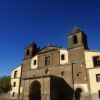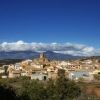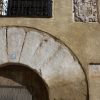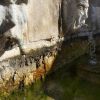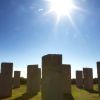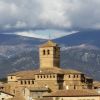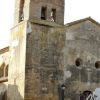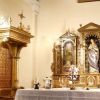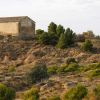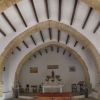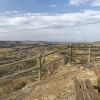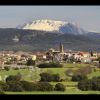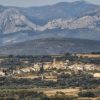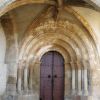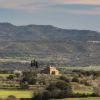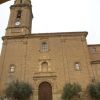PUEBLOS
Abiego
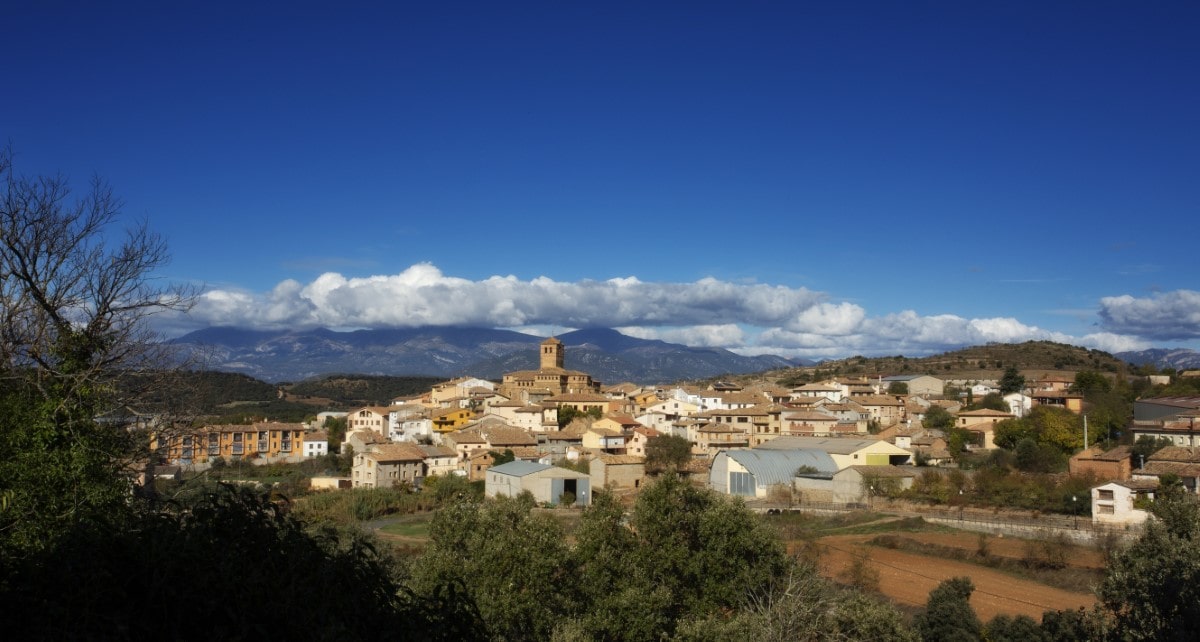
The old part of the town is compact and colourful, and boasts an array of charming traditional houses with walls of brick, stone and clay.
Occuping the highest point of the town is the collegiate church of Santa María la Mayor. Abiego has a public fountain which features a washing and drinking trough built between the 16th and 17th centuries, which is still in use today.
Following the road out of Abiego towards Peraltilla, Ulrik Rükriem’s 20th Century Monument appears in a meadow close to the road around 8km from town.
Arriving into Abiego on the road from Bierge, an interesting collection of fossilized footprints of extinct animals can be seen. The animals passed by this point 25 million years ago, and the prints they left in the mud of the banks of a pool became fossilized with the passage of time.
On top of the hill known as the "Tozal de las Forcas" the Convent of St Joaquín is soon to be converted into a welcoming guesthouse.
Yaso
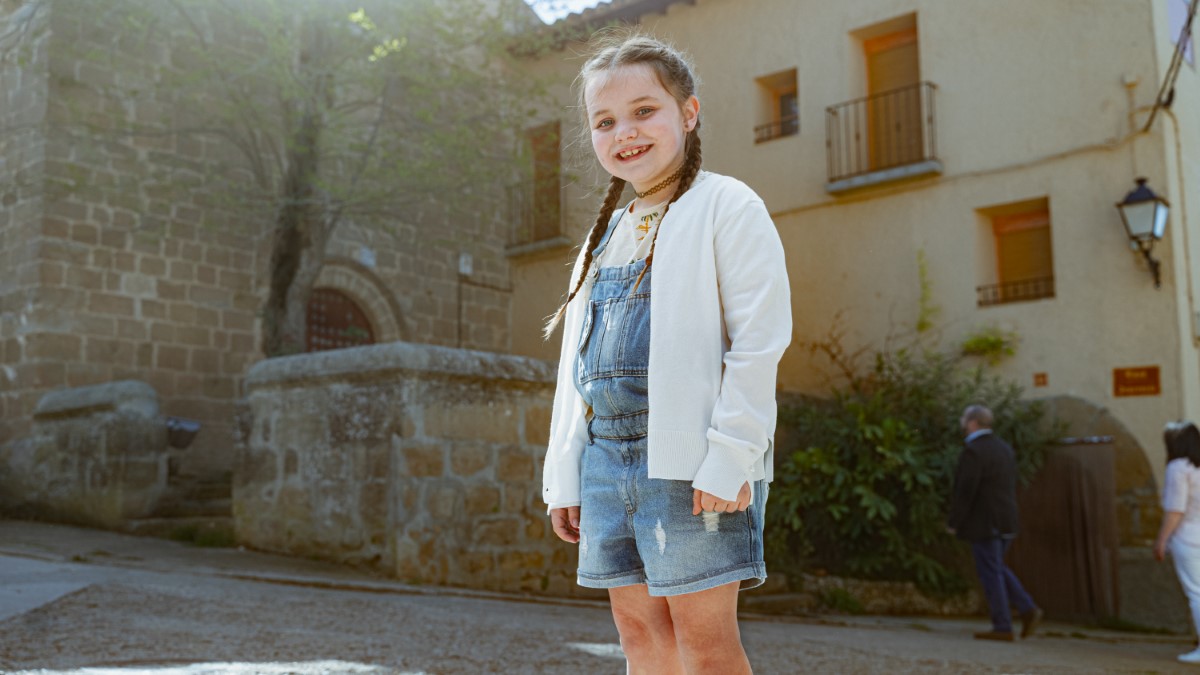
Yaso, a small village belonging to the municipal council of Bierge, has just 11 inhabitants. It sits at a height of 692 metres on the southern slopes of the Arabgol range, within the Sierra de Guara Natural Park. It lies on the left bank of the Formiga River and is close to the road that joins Alburuela de Laliena with Aguas.
It is located on a slope at the foot of a peak known as Lacozán. The parish church dedicated to San Andrés welcomes visitors; it has a Romanesque building with nave covered by a barrel vault. The apse is semi-circular in shape and is covered by a semi-dome. The stone that can be seen reveals well-cut ashlars that are homogenous, broken only by the impost that runs around the church at the height of the vault’s springers and by the semi-circular window in the centre.
The church once boasted an interesting series of mural paintings in the lineal Gothic style that are currently on display in the Diocesan Museum of Huesca. Inside there is an 18th century baroque chapel with dramatic stuccoed decoration.
Along the village’s only street there are a number of interesting ancestral homes with heraldic coats of arms taking pride of place on the façade above the beautifully arched doorways.
The village dates back to the medieval era and was known as Eso during the 11th and 12th centuries; as Yeso from 1495 to 1609 and Jaso in 1785. In November of 1188, Alfonso II of Aragón awarded it to the Cistercian monastery of Casbas and it remained in their domain until the abolition of the nobility.
Torres de Alcanadre
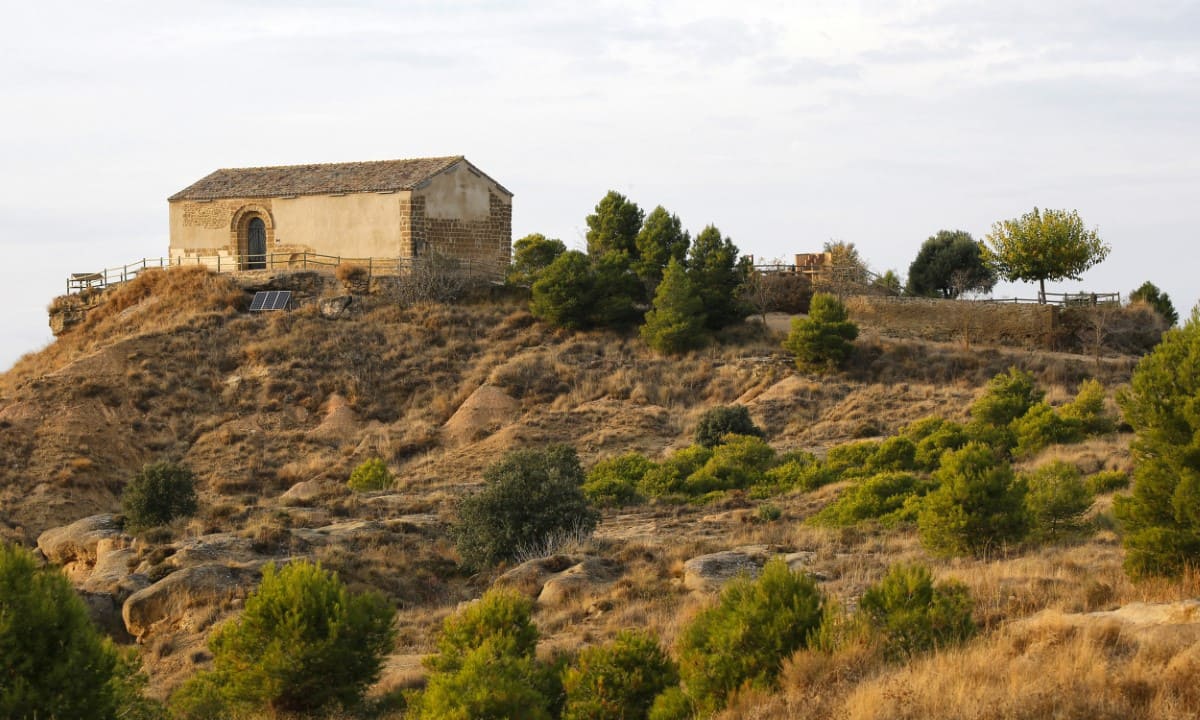
Torres de Alcanadre is located on the left bank of the river from which it takes its name. It lies at a height of 389 metres in an area of great panoramic quality.
To the south of Somontano and bordering the neighbouring region of Los Monegros, the surrounding landscape is flat and hides a number of surprises; sandstone ledges, natural vertical cornices and a scattering of stone monoliths. In the background, the waters of the River Alcanadre bring life to these sterile rocks and the green of the trees explodes against the ochre of the sandstone.
Since the time this territory was retaken from the Moors, the inhabitants have been linked to the female Cistercian monastery of Casbas, to which they had to hand over large quantities of cereal, grapes and flax as rent.
Today, the traditional dry fields that once characterised the agricultural landscape of Torres de Alcanadre have been transformed into fertile plots that now receive the benefit of irrigation, ideal for the cultivation of maize and alfalfa.
The area is also blessed with new initiatives related to leisure and nature tourism as the rocky cliffs of the river are home to vulnerable birds of prey such as the Golden Eagle, the Egyptian Vulture and the Eagle Owl. These birds are in danger of extinction elsewhere but fly freely in the skies of Somontano.The 17th century parish church is dedicated to Our Lady and was built in the popular Baroque style. Next to the village’s cemetery the San Bartolomé chapel (13th to 17th centuries) rises from a sandstone terrace and boasts magnificent views over the River Alcanadre. The municipal are of Torres de Alcanadre also incorporates Lacuadrada, where there are a number of reservoirs and corrals associated with the livestock track linking Broto in the Pyrenees with Mequinenza in the south of the region. Huge herds of animals would be moved to the mountains in the summer away from the heat of the plains brought back down in the winter to avoid the harsh mountain conditions.
Adahuesca
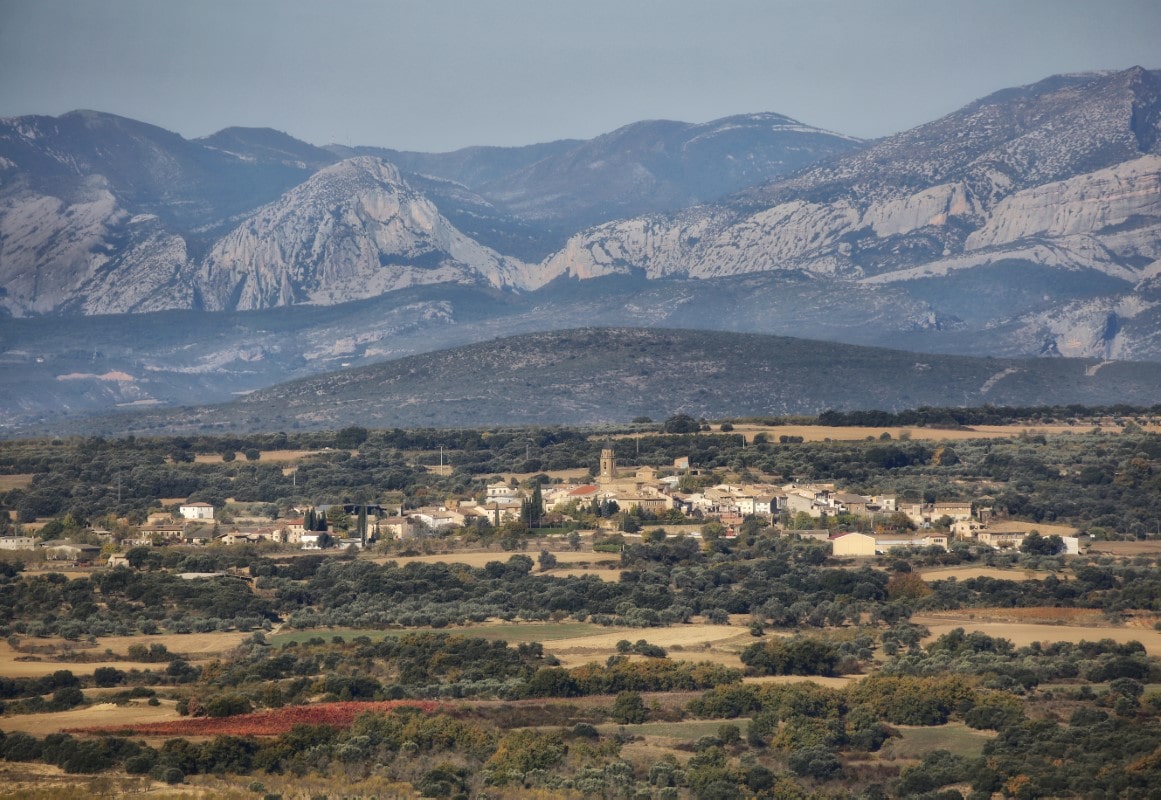
The old part of the village is compact in layout and contains many good examples of popular architecture. The semi-circular arch of the doorways is a popular feature repeated on many of the facades.
Loscertales is an ancestral home with a certain defensive character thanks to a machicolation situated above the entrance door. Loscertales takes its name from the Certero family who were mountain shepherds and, because of their good aim with a slingshot, helped Pedro I in the battle of Alcoraz against the Moors before he regained Huesca.
The chapel of Saints Nunilo and Alodia represents one of the most elaborate Baroque churches of the region.
The Somontano Legends and Traditions Visitors Centre occupies a spot that was once home to the old parish church and a castle dating back to 1055, whose remains are still visible.
From this point it is possible to take in the splendid panoramic views of the Sevil Mountains, located within the Sierra de Guara National Park. Nearby there are a variety of excursions including routes to the Virgen de Viña and the Meson de Sevil, the latter being the place to reach the Castillo de los Santos. This was a religious-military complex constructed in the 11th century as a lookout tower for the control of Alquézar.



